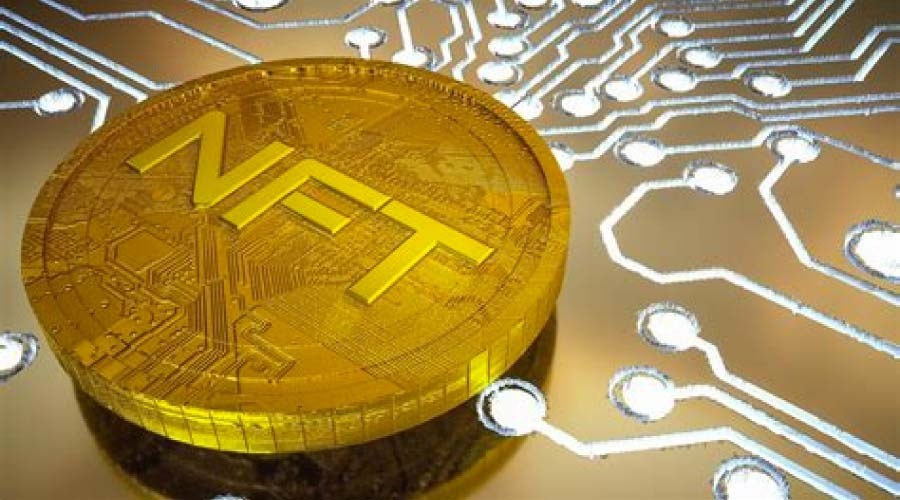There are occasions when a new technology is so novel that use cases are initially vague, or a wide variety of utilizations are suggested.
Some assert this is the general case in the world of crypto, but regarding the big players, the view is debatable. Bitcoin has a purpose: it is designed to be used as money. Ethereum and its competitors create layers on which to build decentralized smart contract-enabled applications. And, in the case of stablecoins, the premise is clear: they are digital tokens pegged to fiat currency.
Hone in on NFTs, though, and we see an area of the cryptocurrency sector in which utility is not so clear-cut. A range of use cases have been suggested, some of which are being implemented, and there is a strikingly diverse scope of possible applications unfolding.
As a result, NFTs are arguably the most experimental and unconstrained corner of crypto, and new developments offer hints as to how they might be used in future.
NFTs and Finance
Up to now, NFTs have been perceived as being a vehicle for art, illustration and design, coupled with price speculation. Although there have been enormously frothy periods when prices surged and NFTs were flying, the market has, on the whole, been relatively illiquid in comparison to altcoins and bitcoin.
Furthermore, the last few months of the crypto bear market have seen trading volumes on NFT marketplaces such as OpenSea grind consistently lower, further emphasizing the lack of liquidity .
However, there are now a growing number of developers working on products and platforms that are intended to increase liquidity in the NFT markets and open up capital that has been locked up in NFT collections.
These projects take an approach that brings NFTs closer to the DeFi sector and reimagines NFTs as easily tradable assets that function more like altcoins than works of art.
A curious element of this is that within a single NFT collection, there might be highly collectible, rare pieces that are bought and sold as unique items, and then additionally, by contrast, common items that can be traded interchangeably with one another.
This path, perhaps, is a true taste of what happens when art, tokenization , and decentralization meet through emerging technology, and it is forging into new territory for NFTs.
Leading projects working on the crossover between NFTs and finance include Sudoswap, NFTX and Blur, all of which are focused on creating speedy trader-oriented platforms through which to facilitate NFT markets with real liquidity.
Flexible IP
A factor that has distinguished NFTs from traditional works of art has been attitudes among NFT creators towards IP and who has creative control of the images being traded.
When it comes to the traditional creative arts, it is taken as a given that unless a negotiation takes place and rights are sold, IP rights remain with the creator. Nobody buys an official item from the Harry Potter universe, for example, imagining that they are acquiring the right to create a profitable spin-off series featuring JK Rowling’s characters.
With NFTs, though, there is, within some collections, greater flexibility as more generous approaches to IP have become the norm. Currently, the most famous NFT collection, Bored Ape Yacht Club, provides a good example of this, giving holders full commercial rights over the artwork that they have bought.
A notable case in which these rights have been made productive use of is the Bored & Hungry fast food restaurant in California, which is themed around several Bored Ape Yacht Club characters and has become well-known in the NFT space.
There was also a trend earlier this year among new NFT projects to take the even more laissez-faire CC0 licensing approach, meaning that no one holds exclusive IP rights, neither creator nor buyer, and anyone can utilize the artwork from a collection however they please.
New NFT licensing
Influential venture capital firm, Andreesen Horowitz (a16z), which is focused on web3 and crypto, is initiating a specialized NFT licensing framework, by which it hopes “to democratize access to high-quality licenses and encourage standardization across the web3 industry”, believing adoption of this system “could lead to incredible benefits for creators, owners and the NFT ecosystem as a whole”.
Titled Can’t Be Evil (which is a web3 upgrade on Google’s famous don’t be evil motto), a16z has created a set of six licensing models, which are designed specifically to address the unique requirements of NFT creators and buyers.
The licenses vary in their permissiveness and take into account the fact that NFTs can have a variety of use cases, and that NFTs emerge from an original and idiosyncratic creative culture. What’s more, the licenses are on-chain and smart contract codified, making them a distinct web3 device.
This looks like a constructive attempt to develop new legal and commercial frameworks that can assist in advancing a novel technology, and it will be instructive to observe the reaction from creators.
Perhaps it is inevitable that with expansion comes an increased emphasis on contractual concerns. In that case, the dizzyingly tumultuous NFT run of 2021 into early 2022 may have been an iconoclastic but fleeting moment, as NFTs now proceed from the Wild West to a firmer phase in their growth.























